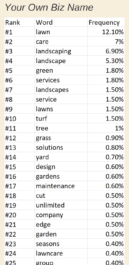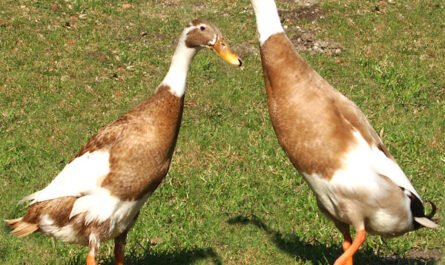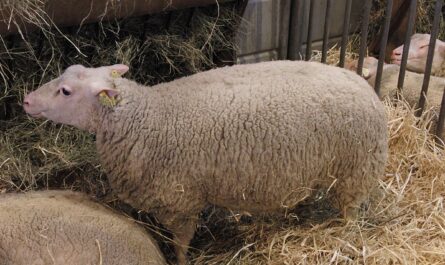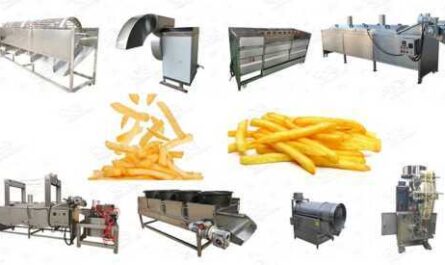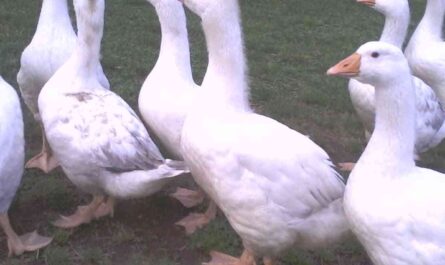Just like growing cucumbers, growing zucchini organically in your garden is very easy and simple. It is also called ‘zucchini‘and a very popular vegetable.
Zucchini cultivation is very popular with home gardeners. Because zucchini is easy to grow outdoors, they’re the perfect vegetable to encourage kids to grow in their garden.
Zucchini plants grow well and quickly and produce lots of tasty zucchini. In fact, each plant will produce several pumpkins per day during peak season.
Zucchini is packed with nutrients with healthy amounts of folic acid, potassium, and provitamins. It has little food energy and is consumed in a variety of ways. However, zucchini is an excellent choice for growing in the vegetable garden.
How to grow zucchini
Growing zucchini organically in your garden is very easy. Just follow the instructions below to grow this vegetable. Here we talk about growing zucchini from planting, care to harvesting.
Choose the variety
There are many varieties of zucchini. But you need to choose the right variety to grow zucchini in your garden.
Check with other home gardeners in your area for more specific recommendations.
Some popular varieties of zucchini are Butterbush, Cream of the Harvest, Cocosel, and Goldbar.
Buy seeds
After choosing the right strain, buy seeds from your nearest seed shop. Seeds should be readily available in your area.
Today there are several suppliers with online stores, so you can also order online.
Best time to grow zucchini
Zucchini is actually considered a summer squash because it grows and produces the best fruit during the summer.
Although there are some varieties that are considered winter squash (but this is due to the time of fruiting and not the time of planting). Growing zucchini is very easy in temperate climates.
Soil preparation
Zucchini are big feeders and will grow well and produce more fruit if the soil is rich in organic matter.
So before planting, it is necessary to prepare the soil well and make it fertile. Till the soil and add well-rotted, aged manure or household compost.
planting
The soil must be warm enough to plant the seeds (minimum 60°C). Plant the seeds directly into the ground, about 1 inch deep and 2 to 3 feet apart or more, depending on the variety.
If you prefer to grow squash in a hill system, consider leaving 5 to 6 feet of space between hills. If you have limited space in your garden, consider installing a trellis for vertical support.
You can also consider planting seeds indoors and transplanting them later when temperatures are warm enough outside.
Care
Zucchini plants require less care and maintenance than some other common vegetable plants.
However, the extra care will ensure good plant growth, which will ultimately lead to maximum yields.
Here we will cover the general steps for caring for growing zucchini.
Feed / fertilizer
Your zucchini will grow well if you can feed them well. Prepare the soil before planting with well-rotted manure or compost.
And you can use compost tea or related organic fertilizers to provide them with additional fertilizer.
When the first flowers appear, apply a small amount of additional fertilizer.
tearing
Frequent and constant watering is very important and necessary when growing zucchini. Water the plants deeply once a week, at least 1 cm.
Water your pants most diligently when the fruit is forming and throughout the growth period.
Mulching
Mulch organic material around plants to protect shallow roots, prevent weed growth and retain moisture.
Mulch can be grass clippings, dried leaves, hay, homemade compost or straw.
Cannabis control
A thick mulch will help prevent most weeds. However, if you notice any extra weeds, manage them manually by pulling them out (this won’t be a problem if you plant a few plants in your garden).
Pollination
If your zucchini plant flowers but never produces true fruit, or produces fruit that stops growing when very small, it is a pollination problem.
You can pollinate the flowers by hand to get good results. Zucchini has both male and female flowers on the same plant.
In order to produce fruit, pollen from male flowers must be transferred to female flowers by some means.
It is mostly bees or other insects that do the work for you. If there are still few or no bees, you have to pollinate the flowers manually.
For hand pollination, take a mature male flower and carefully tear off its petals. Then shake lightly and rub the stigma of the female flower with the cheesecloth.
Pests and diseases
Like most common vegetable plants, zucchini is also susceptible to several pests and diseases.
Particularly dangerous pests for zucchini plants are the zucchini moth and the zucchini beetle. The best solution for these pests is to get ahead of them before they appear.
Aphids, cucumber beetles and chinch bugs are also common pests for squash plants. You should spray or dust with approved insecticides and pick by hand in the morning or use homemade organic pesticides.
Blossom rot is a common disease of squash plants. Zucchini ends turn black and rot if your plants are affected by this disease.
This condition is usually caused by uneven soil moisture levels (often large fluctuations between wet and dry soil) or calcium levels.
Water thoroughly and apply a thick mulch to the soil surface to minimize evaporation.
Don’t keep the soil wet or not completely dry, but instead keep the soil evenly moist, like a wrung-out sponge.
Harvest
You can expect to pick zucchini when they are at least 4 inches long or your desired length.
Regular harvesting is very important because regular harvesting of zucchini helps to increase the production of zucchini. To harvest, use a sharp knife to separate the squash from the rough stem that attaches it to the bush.
The flowers are also edible and you can add them to salads. But there won’t be much fruit if you pick a flower to eat. Happy gardening 🙂










